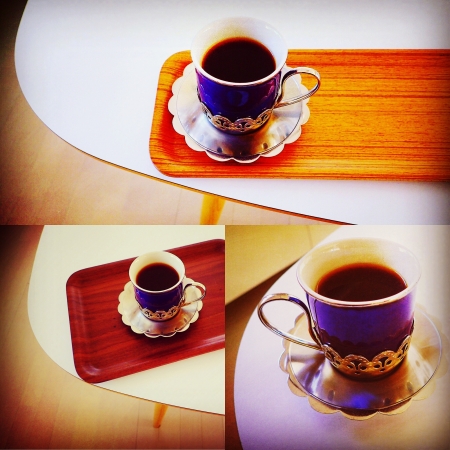気分が居場所の素
「気分」を建築として形にしたいと考えている。使う人が日常の中で行う行為も建築の範疇とするならば、行為に何らかの影響を与える「気分」も建築の範疇としても良いだろう。
「気分」には直接的に建築の形につながる要素は無いから、「気分」に影響を受ける行為を通して建築の形を模索する。
なぜ「気分」を形にしたいのか。それは、人が日常の中で普通に「気分」をいつでもどこでも持ち合わせていて、その「気分」がモノやコトに様々な影響を与えているから、「気分」を建築として形にできれば、これほど日常の中で、使う人と密接な関係を築ける建築はないだろうと考えた。
「気分」に影響を受けた行為は、日常の中で様々な物語をつくり出すだろう。その「気分」はひとつではないだろうから、複数の「気分」の組み合わせと手間をかけて、想像力を発揮し、影響を受けた行為から物語をつくる。
その物語を建築として置き換えて、もともとからある建築の形式との間の落差を利用して、「気分」を建築として表現していく。
その建築は自分特有の「気分」が素だから、自分特有の居場所となる。
"The mood is whereabouts"
I want to make "feeling" form as an architecture. If the act that the user uses in daily life also falls within the category of architecture, the "mood" that has some influence on the act may be the category of architecture.
Since "mood" has no elements that directly lead to the form of architecture, it seeks the form of architecture through actions that are influenced by "mood".
Why do you want to make "feeling" form? The reason is that people usually have a "mood" anywhere in their daily life, and that "mood" has various effects on things and things. In my daily life, I thought there would be no architecture that could build a close relationship with the people who use it.
Actions influenced by "mood" will create various stories in everyday life. Since that "mood" may not be one, it takes time and effort to combine multiple "mood" to demonstrate imagination and create a story from the act that was influenced.
The story is replaced with architecture, and the "feeling" is expressed as architecture using the difference between the original architectural form.
The architecture is a unique place because it has a unique mood.

